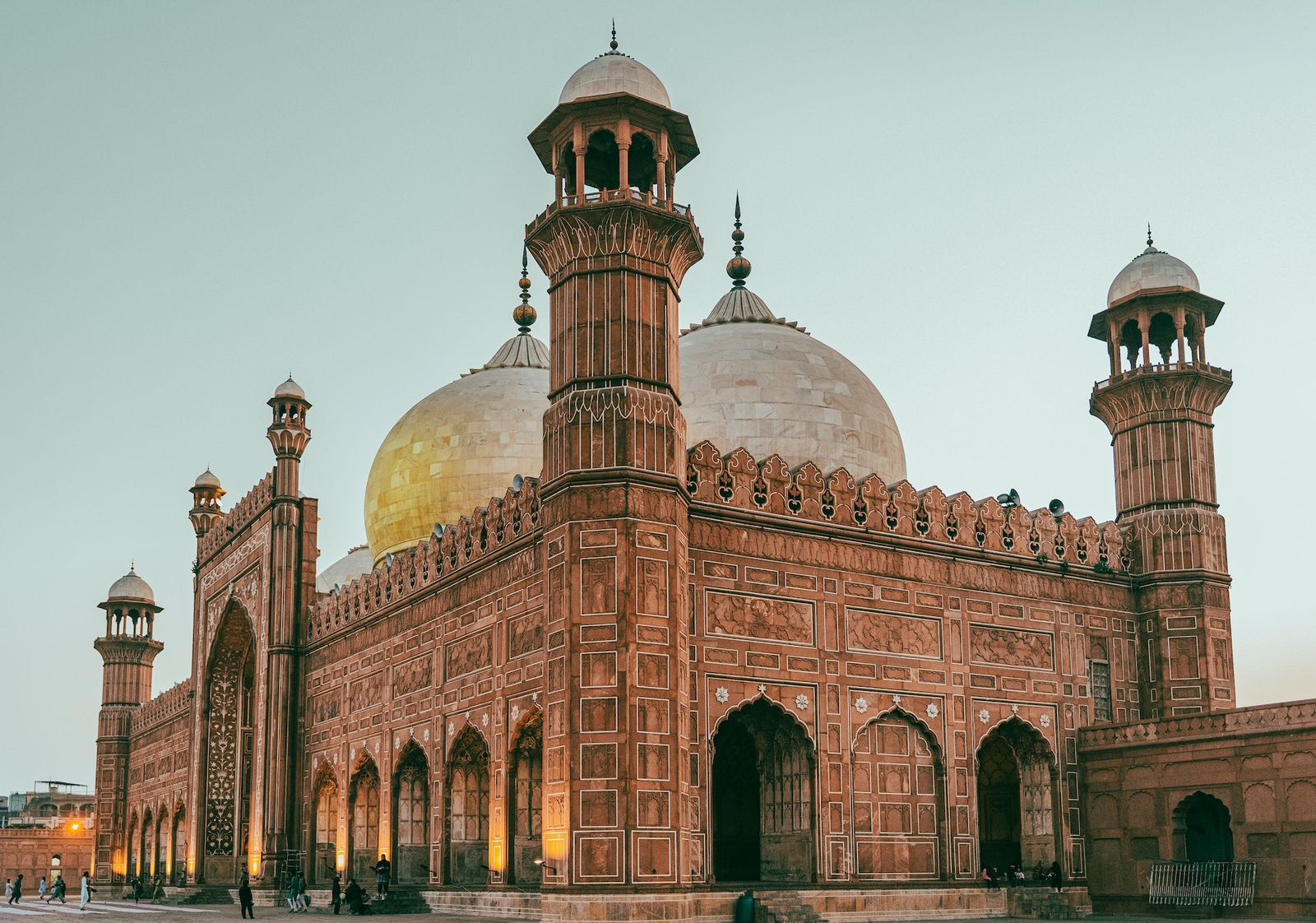
Badshahi Mosque
Welcome to Visit2Pakistan, your ultimate guide to exploring the rich cultural and religious heritage of Pakistan. In this article, we will embark on a virtual journey to one of the most iconic religious landmarks in the country: Badshahi Mosque in Lahore. As we delve into the captivating history and architectural splendor of this majestic mosque, you will witness the grandeur of Islamic artistry and experience the spiritual essence that permeates through its walls.
A Glimpse into History
Steeped in history, Badshahi Mosque stands as a testament to the Mughal era in Lahore. Built in 1673 by Emperor Aurangzeb, it served as a symbol of the Mughal Empire’s power and grandeur. The mosque was designed by Nawab Zain Yar Jang Bahadur, a renowned architect of that time, who skillfully blended elements of Persian, Central Asian, and Indian architectural styles. Badshahi Mosque has witnessed centuries of historical events and continues to hold immense significance for both locals and visitors.
Architectural Marvel
Badshahi Mosque is an architectural marvel that mesmerizes with its intricate details and imposing structure. Made entirely of red sandstone and adorned with marble inlays, the mosque showcases the opulence and artistic finesse of the Mughal era. Its symmetrical design features four minarets that soar towards the sky, while the main prayer hall can accommodate over 100,000 worshippers at once.
The Splendor Within
Stepping into the premises of Badshahi Mosque, visitors are greeted by a vast courtyard paved with red sandstone. The entrance to the main prayer hall is adorned with intricately carved marble screens, creating a sense of anticipation and reverence. Inside the prayer hall, the breathtaking sight of the ornate mihrab (prayer niche) and the impressive marble domes leaves visitors in awe. The interior is adorned with exquisite frescoes, calligraphy, and floral motifs, showcasing the mastery of Mughal craftsmanship.
Spiritual Serenity
Badshahi Mosque holds a special place in the hearts of the Pakistani people, as it serves as a sanctuary for spiritual solace and prayer. The tranquil ambiance within the mosque invites worshippers and visitors to find peace and contemplation. The mosque is particularly vibrant during the holy month of Ramadan, when thousands gather for Taraweeh prayers and to break their fasts together.
A Cultural Hub
Beyond its religious significance, Badshahi Mosque has also become a cultural hub in Lahore. It hosts various cultural events, exhibitions, and religious conferences, showcasing the rich heritage of Pakistan. The nearby Lahore Fort and the vibrant streets of the Walled City offer visitors a glimpse into the historical and cultural tapestry of Lahore, making it a truly enriching experience for those exploring the area.
Conclusion:
Badshahi Mosque stands as a testament to the architectural brilliance of the Mughal era and the deep-rooted Islamic heritage of Pakistan. Its imposing structure, intricate details, and spiritual serenity make it a must-visit destination for travelers and devotees alike. As you wander through the halls of this magnificent mosque, you will be transported to a bygone era of opulence and devotion. Stay tuned for more captivating destinations on Visit2Pakistan, where we unravel the hidden gems of this beautiful country.
Recent Posts
Data Darbar
Faisal Mosque
Kartarpur Sahib
All Categories

Thailand





